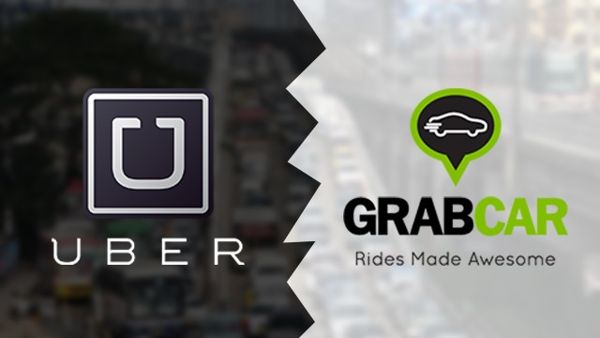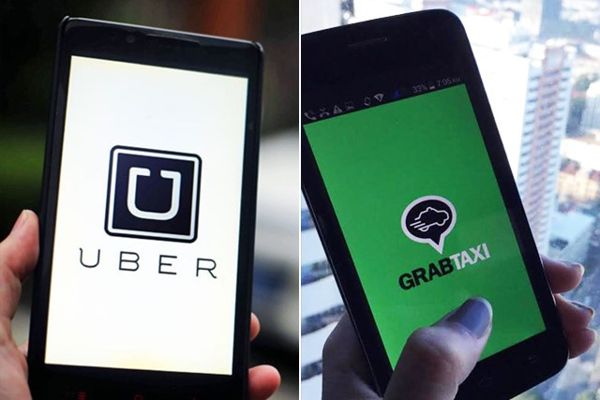Transportation is part of a person’s life nowadays all over the world. Each one of us requires traveling or being somewhere we need to go on certain days. There are only two types of transportation we have, namely public and private vehicles.
For cars, it is mandatory to check whether all the parts are in good condition such as wheels, engine, or the muffler. In the Philippines, we may already accept (but is a negative connotation) that traffic is already part of our culture. We do what we can in order to avoid these dilemmas as much as possible. A commonly used transportation is Uber or Grabcar. But, how does one manage the service exactly? Read up on how.

Business
Uber and GrabCar boomed in the Philippines just a few years ago as a form of new transportation for the public and as a type of extra business. Setting up a personal vehicle to be formally registered as an Uber or Grabcar has a number of rewards and risks. Doing this will provide extra income for the owners and drivers, at the same time, helping others through offering an alternative ride to the public but ensures safety during travel.
Legalities
Before or once you decided to make your car into an Uber or Grabcar, remember that you have to settle documents and registrations on certain offices as you do it. Uber/Grabcar headquarters, LTFRB, TNC (Transport Network Companies), TVN (Transportation Vehicle Network Service), Certificate of Public Convenience (CPC), and the PAMI (Passenger Accident Management and Insurance) agency are the mandatory offices required for registering your Uber or Grabcar service. Make sure that you give them all the requirements and renew expired licenses or documents so you wouldn’t be troubled. Be aware of the sanctions such as being fined for P200,000, impound cars, confiscating, MMDA laws, and parking spots, are some of the power the authorities can do once you do something illegal. So keep in mind to be responsible and alert once your service goes out in the public to avoid these hassles.

Convenience
Commuters usually prefer these types of vehicles rather than taxis due to the ease of getting the right one using their fingertips on one’s phones. Users know that to book a car is registering through the application and then pay afterwards (price is more expensive than regular public transportations). The availability of booking one depends on the time and the location of the customer but both provides you with the proper information about the vehicle and driver with GPS tracking. Both services also offers discounts and promos on certain days, so stay tuned for these to save money. Here’s the difference of both, but ensures convenience:
- Uber
- Accepts electronic payment (credit/debit card) and cash but you have to register a card account
- Split-fare option
- New cars are used (2007-2016 models)
- UberX base fare: Php 40.00, Php 2.00/min, Php 5.70/km
- Uber Black base fare: Php 90.00, Php 2.10/min, Php12.92/km
- GrabCar
- Accepts both electronic or cash payment
- Cars aren’t 3 years old
- Will expand in Davao and Cebu
- GrabCar (sedan) regular fare: Php 40.00, Php 15.00/km
- Other features: GrabTaxi, GrabExpress, GrabCar (6 seater), GrabCar+
About the Author
Jose Mari Gamboa has a degree in Advertising with a thing for businesses and investments. He has attended numerous financial focused seminars. A Car guy in his social circle, loves to eat and explore new trend of food. Jose balances indulging his cravings and a healthy lifestyle.